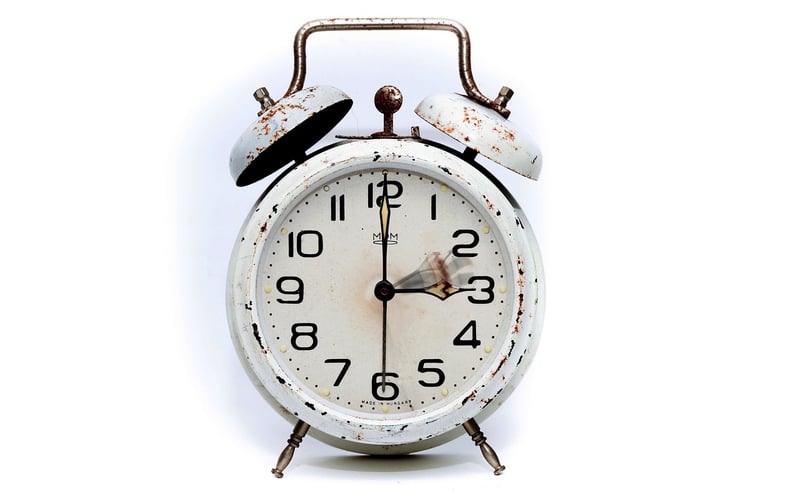Temporal Mechanics
The Fascinating World of Temporal Mechanics: Inventions and Theories
Time travel has been a subject of fascination for centuries, inspiring numerous inventions and theories that delve into the complexities of temporal mechanics. From ancient philosophical ponderings to modern scientific breakthroughs, the concept of manipulating time has captured the imagination of many.
Ancient Roots of Temporal Manipulation
Historically, civilizations have contemplated the nature of time and its malleability. The ancient Greeks, for example, explored the idea of time loops and causal paradoxes in their mythological stories. Similarly, Chinese folklore is rich with tales of time dilation and time travel.
Notable Inventions in Temporal Technology
While time travel remains a theoretical concept, there have been notable inventions that simulate the effects of temporal manipulation. One such invention is the atomic clock, which utilizes the vibrations of atoms to measure time with extraordinary precision.
Image of an Atomic Clock:

Another intriguing invention is the concept of a wormhole, a hypothetical tunnel that could create shortcuts through spacetime, potentially allowing for time travel between two distant points in the universe.
Theoretical Frameworks in Temporal Mechanics
Various scientific theories have been proposed to understand the intricacies of time manipulation. Albert Einstein's general theory of relativity revolutionized our understanding of spacetime, suggesting that massive objects can warp the fabric of space, leading to phenomena like time dilation.
Furthermore, quantum mechanics introduces the concept of quantum superposition, where particles can exist in multiple states simultaneously. This phenomenon raises intriguing questions about the nature of time and the possibility of parallel timelines.
Image of Quantum Superposition:

Exploring the Boundaries of Time
As technology advances and our understanding of physics deepens, the exploration of temporal mechanics continues to push the boundaries of what is possible. While practical time travel may still be a distant dream, the pursuit of unraveling the mysteries of time remains an enduring quest for scientists and innovators.
Whether through ancient myths, modern inventions, or cutting-edge theories, the allure of temporal manipulation persists, driving us to contemplate the profound implications of altering the very fabric of time itself.
